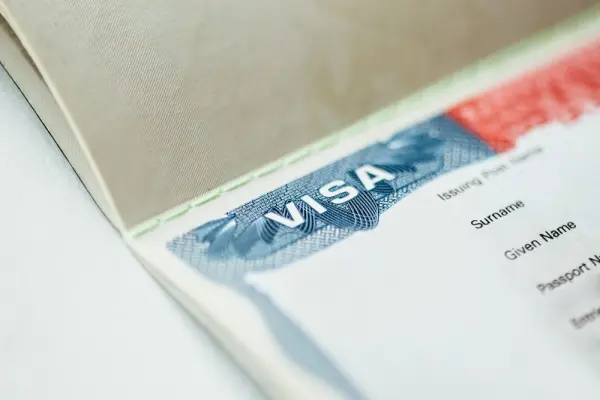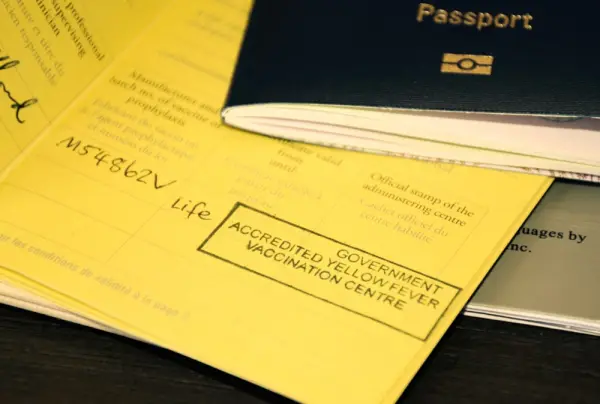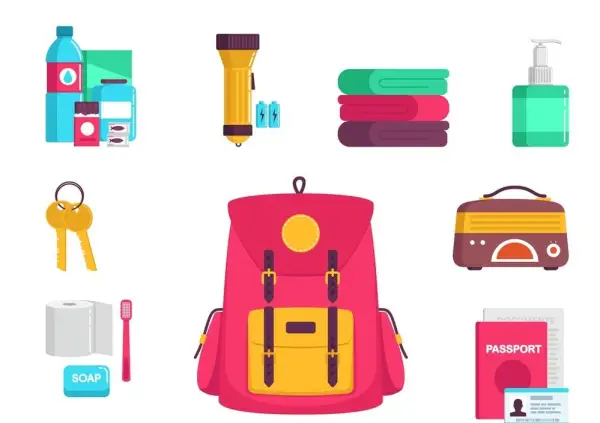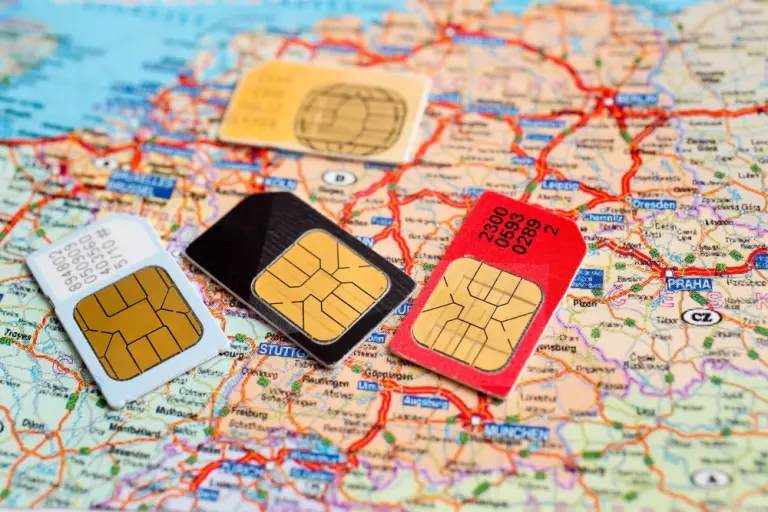
Are you one of those sponsored or placed young deck cadets, who has just completed his/her pre-sea course and is about to get onboard his/her first ship? If yes, then this blog is for you. This informative blog would throw light upon the essential documents that a deck cadet needs before joining his/her first ship. Not to forget that before you step onto the deck, you need to be mentally and physically prepared. It’s a different world out there, and the obvious question is how to prepare for something you’ve never seen before? The answer is – like everything else, it’s one step at a time.
As we all know that the time period after graduating from the Maritime Academy can be quite confusing. Due to which deck cadets often forget to prepare important paperwork and documentation, needed while boarding their first vessel. Therefore, deck cadets should not disregard the need to be ready with all their documentation, whenever required by the employer.
So, here is a list of all the things seafarers need to pack in their bags before boarding ship for the first time.
- Necessary Documentation:
It is very important that all the required documents are in good condition and are within six to twelve months of their expiration date. This is the first thing to take note of when preparing to join ship. Here’s a list to get you started –
- Passport: The ultimate proof of identity for sailors is their passport. Seafarers are advised to carry their passports with them whenever they perform paperwork. Deck cadets must take it with themselves wherever they go.
- CDC (Continuous Discharge Certificate): This booklet is indeed the most important document for seafarers. The continuous discharge certificate number is always required when filling out applications for jobs, maritime courses, confirmations, etc.

- INDoS (Indian Seafarers Database): This is another important document to carry with you at all times. The complete INDoS number includes the seafarer’s name, address, photo, signature, phone number, qualifications and more. It consists of eight alphanumerical characters and can be used as a means of verifying the identity of a seafarer. You can know more about INDoS by clicking here.
- VISA: Relevant visa is required according to the operation area of the ship. US visa requires a prior letter of employment. Generally, the visa related issues are sorted by the company. Only exception is the US Visa, which we have to apply for ourselves. The cost incurred is later refunded by the company.

STCW (Criteria for Training, Certification and Watchkeeping) Certificate: It comprises of PST (Personal Survival Techniques), PSSR (Personal Safety and Social Responsibility), EFA (Elementary First Aid),and FPFF (Fire Prevention And Firefighting). Merchant Navy Decoded provides you with complete information on STCW courses.

- Graduation Certificate and additional photo: Evidence of completion of the pre-sea course from the respective university is necessary. A certificate of completion is required for all documentation processes. Also keep additional passport and stamp photos in your documents folder. If possible, dress elegantly (colored shirt) and have a white background for the photograph.
- Dangerous Cargo Endorsement (DCE): If not approved by MMD (Mercantile Marine Department), the completed OTF (Oil Tanker Familiarization) / GTF (Gas Tanker Familiarization) / CTF (Chemical Tanker Familiarization) certificate may be invalid. Depending on the ship the cadet is sailing on, the required certificate (OTF / GTF / CTF) must be approved. Remember to include all the documents listed in the DCE checklist. For example, if you are sailing on Bulk Carriers or Containers you don’t need a DCE, but if you are sailing on Oil Tankers, Chemical Tankers or Gas Carriers you need to have a DCE.
- Medical Certificate: A medical certificate from a doctor approved by DG Shipping is mandatory. It must be valid for more than one year. Generally, the medicals before joining are carried out as per the company’s instructions and the cost is incurred by the company itself.
- Yellow Fever Vaccination: This vaccination is mandatory for people traveling to South American and African countries. All you need is a copy of the CDC and your passport on the front and back in order to get your certificate. Pre-registration for vaccination must be done at the Port Health Office. Vaccination is valid for lifetime now.

- X/XII Marksheet: May be needed to prove your age or to check other important information.
- Miscellaneous: Employment Agreement (signed by your employer and employee), the terms of Service for Employment (signed by your employer and employee), and a copy of the emergency contacts and Next of kin registration provided to your employer should also be carried.
2. Company Culture and Management Tools:
As a general rule, all new employees will have an orientation program a few weeks before their first job at the company. The orientation provides a brief history of the company, current management structure, rank, region, services provided, future prospects and more. In addition, all shipping companies comply with the international laws and guidelines of the IMO – International Maritime Organization.
In addition, a software training session will be held by the company to share information about ship operations and documents about those operations. They will also distribute personal access data for the software, reference materials, and future reference materials. Apart from the usual questions during the session, there is a Q&A session to address all doubts and concerns. Make the most of it. Never shy away from asking questions. The most educated people in the world never ridicule or look down on those who want to learn. Your seniors actually have a very high level of respect for those who are interested and ask questions.
3. International Credit/Debit Card:

Like most sailors, you will see foreign countries for the first time in your life. Bring at least $200 with you for your own convenience. This buffer money is useful if you can’t find a pickup at your destination airport or if you miss your connecting flight. This money could also be used for miscellaneous expenditures. The US dollar is the most used and exchanged currency in the world. An international credit/debit card comes in need when the cash you’re carrying with yourself falls short. Due to limited availability of cash onboard ship, a debit/credit card gives you the opportunity to manage your finances better. Most of the Indian seafarers possess an NRI bank account.
4. Shopping – Clothing, Food and Medications:

Check with your company about the voyage area of your future ship to pack your clothes according to the climatic zone in which you work. If you’re always in a hot climate, pack more T-shirts, trousers, and shorts. If you’re a few months before winter, don’t hesitate to buy thermals. Bring at least 5-7 pairs of socks and underwear.
Laundry and hygiene is not an issue on modern ships, but it is a serious problem when buying new items. For example – During COVID times, shore leaves have become even more scarce. Making it far more difficult for seafarers to get off at ports to buy new items.
In addition, you will need to have one or two outfits for going out. Don’t forget the rubber slippers for the shower room. Sea voyages are challenging enough without foot treatment. Pack at least two toothbrushes and toothpaste. The same applies to shampoos, deodorants, razor blades, shaving creams and lotions. Pack large bottles and maximum size packages so you don’t waste your long-awaited time in the city looking for hygiene products.
Another good idea is to bring a foot cream and a rash cream. New safety shoes can cause a lot of discomfort to your feet, so a small tube of special cream will help you at the beginning of your trip. Many sailors also have hair trimmers. This is an easy and convenient way to maintain a clean look on long voyages.
For medications, despite the fact that every ship has a hospital room, it is better to bring the minimum amount of medicine needed to protect yourself from unpleasant surprises. Take paracetamol or other medications to reduce fever and pain. Take headache and digestion medications, based on your individual needs. Adhesive plasters, disinfectants, bruise and sprain ointments, and healing balms would help. But prior carrying any of these medications one needs to have a prescription, prescribing these medicines.
5. International Sim Card:

Personal communication onboard is definitely a luxury. Calling cards can be used onboard most of the time, but they are very expensive. However, you can also choose from the other economic options to opt for significant savings. Try to know the shipping route of your ship and based on it, select an international SIM card to stay connected to the world. Today, the telecommunications revolution has brought many options to the market.
These days most of the ships have internet available onboard, through which one can make WhatsApp calls as well. Therefore, being connected with loved ones is not a problem like in the old days.
Be a smart and responsible mariner, not like those vague and unprepared ones. Keep all these things in your mind and you’ll be good to go! Hope you enjoyed reading this blog. Let us know in the comments section what other things you do not forget to do or take with you before joining ship.




